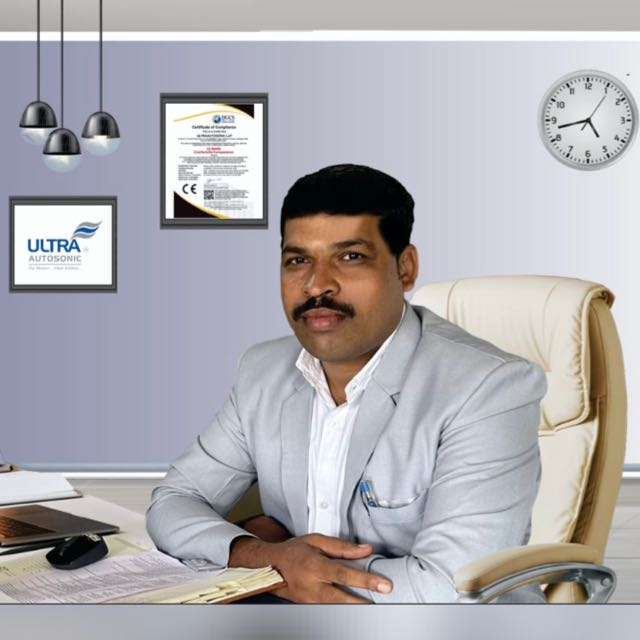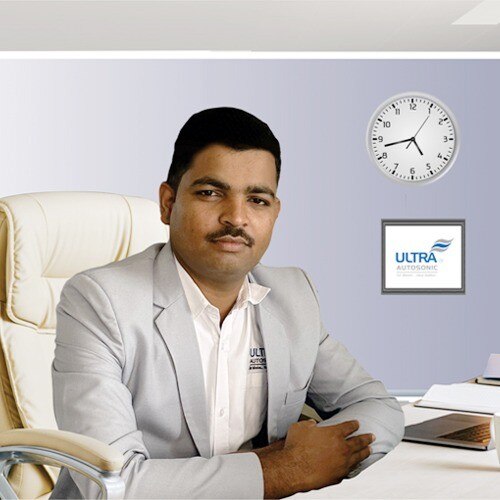
Santosh Borage
Technical Director

Currently it only shows your basic business info. Start adding relevant business details such as description, images and products or services to gain your customers attention by using Boost 360 android app / iOS App / web portal.

We at ULTRAAUTOSONIC, India, take pride in introducing ourselves as one of the leading manufacturers & Exporter of a wide range of ultrasonic Machines. With a strong focus on innovation, quality, and customer satisfaction, ULTRAAUTOSONIC India is committed to delivering reliable and efficient ultrasonic solutions across various industries. Our core expertise & specialization focus on Food Cutting, Liquid Sonication, Plastic Welding, Fabric Cutting & Sealing & Poultry Machines applications. Proudly Made in India, our machines embody world-class quality, innovation, and reliability. All products are CE and RoHS certified, ensuring compliance with international safety, health, and environmental standards. Our product portfolio includes: Probe Sonicator Ultrasonic Generators Industrial Probe Sonicator Ultrasonic Plastic Welding Machines & Handgun Ultrasonic PP Box Welding Machines & Handgun Ultrasonic Spot Welding Machines & Handgun Ultrasonic Fabric Sealing Machines & Cutters Ultrasonic Food Cutting Machines & Cutters Ultrasonic Poultry Manure Belt Welders

We at ULTRAAUTOSONIC, India, take pride in introducing ourselves as one of the leading manufacturers & Exporter of a wide range of ultrasonic Machines. With a strong focus on innovation, quality, and customer satisfaction, ULTRAAUTOSONIC India is committed to delivering reliable and efficient ultrasonic solutions across various industries. Our core expertise & specialization focus on Food Cutting, Liquid Sonication, Plastic Welding, Fabric Cutting & Sealing & Poultry Machines applications. Proudly Made in India, our machines embody world-class quality, innovation, and reliability. All products are CE and RoHS certified, ensuring compliance with international safety, health, and environmental standards. Our product portfolio includes: Probe Sonicator Ultrasonic Generators Industrial Probe Sonicator Ultrasonic Plastic Welding Machines & Handgun Ultrasonic PP Box Welding Machines & Handgun Ultrasonic Spot Welding Machines & Handgun Ultrasonic Fabric Sealing Machines & Cutters Ultrasonic Food Cutting Machines & Cutters Ultrasonic Poultry Manure Belt Welders
We do not spam and your email-id would be stored securely.

Technical Director

Managing Director